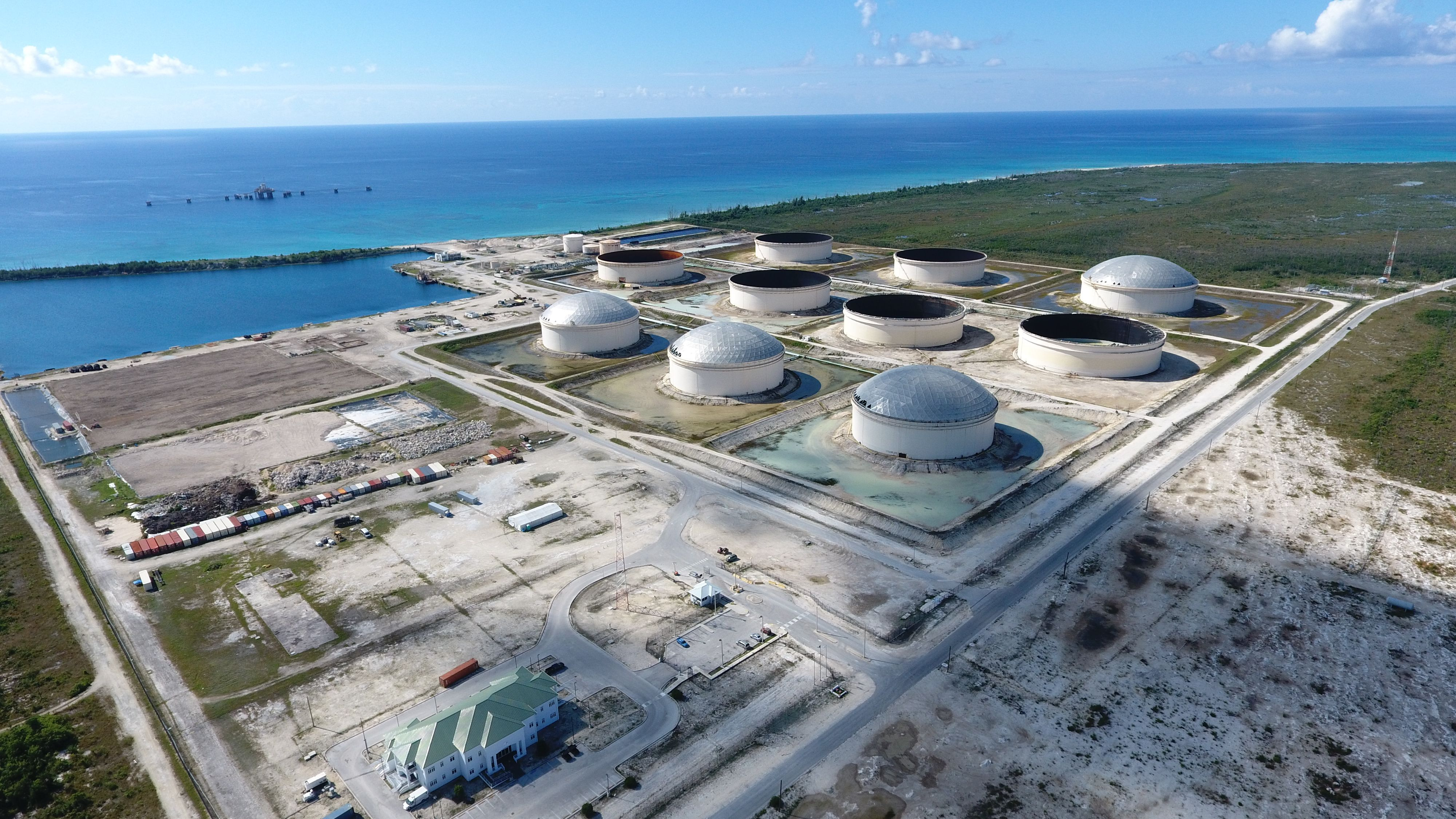What are Greenhouse Gases?
Greenhouse gas (GHG) emissions refer to the release of gases into the atmosphere that contribute to the greenhouse effect and, consequently, global warming and climate change. These gases trap heat in the Earth's atmosphere, leading to an increase in average global temperatures. Common greenhouse gases include carbon dioxide (CO2), methane (CH4), and nitrous oxide (N2O).
The Bahamas is a low-lying archipelagic nation directly in the hurricane corridor and is deeply invested in avoiding devastation by increasingly forceful hurricanes and generations of Bahamians fleeing its shores as climate refugees.
With the goal of reducing GHG emissions, the country has put its efforts in developing its Nationally Determined Contribution identifying in the process a total of 41 mitigation measures in the five (5) IPCC sectors of Energy, IPPU, Agriculture, LULUCF and Waste.
What is GHG Inventory?
A greenhouse gas (GHG) inventory is a systematic and comprehensive quantification of GHG emissions and removals emitted to and removed from the atmosphere associated with human activities – also referred to as anthropogenic emissions and removals – within a specific geographic area over a defined period of time. The GHG inventory serves as an essential tool for understanding and managing GHG emissions to address climate change effectively. It provides crucial information for policymakers, stakeholders, and the public to track progress towards emission reduction goals, identify priority areas for mitigation efforts, assess the effectiveness of climate policies, and fulfill reporting requirements under international agreements such as the United Nations Framework Convention on Climate Change (UNFCCC).
GHG emission and removal estimates are divided into main sectors, which are groupings of related processes, sources and sinks:
National GHG Emissions Profile
The overall greenhouse gas (GHG) emissions in The Bahamas increased from 5,074.09 Gg CO2-eq in 2001 to 6,264.39 Gg CO2-eq in 2018, representing a 23.4% rise. In 2018, CO2 emissions accounted for 94.3% of total GHG emissions, totaling 5,909.18 Gg. Methane (CH4) emissions reached 11.68 Gg, comprising 5.2% of the total, while Nitrous Oxide (N2O) emissions were 0.12 Gg, representing 0.5% of the total.
The Agriculture, Forestry and Other Land Use (AFOLU) and energy sectors were the primary contributors to total national GHG emissions in 2018, accounting for 47.8% (2,993.34 Gg CO2-eq) and 47.1% (2,949.58 Gg CO2-eq) respectively. The waste sector contributed 5.1% (320.31 Gg CO2-eq), while the IPPU sector contributed less than 0.1% (1.08 Gg CO2-eq) during the same period.
The increase in GHG emissions in The Bahamas is likely driven by factors such as population growth and economic development. The rise in tourism may have led to an increased demand for fuel and transportation, impacting emissions from the energy sector. Since 2001, GDP has risen by 56%, and the population has increased by 27%.
- Energy Sector 47.09%
- AFOLU Sector 47.48%
- IPPU Sector 0.02%
- Waste Sector 5.11%


